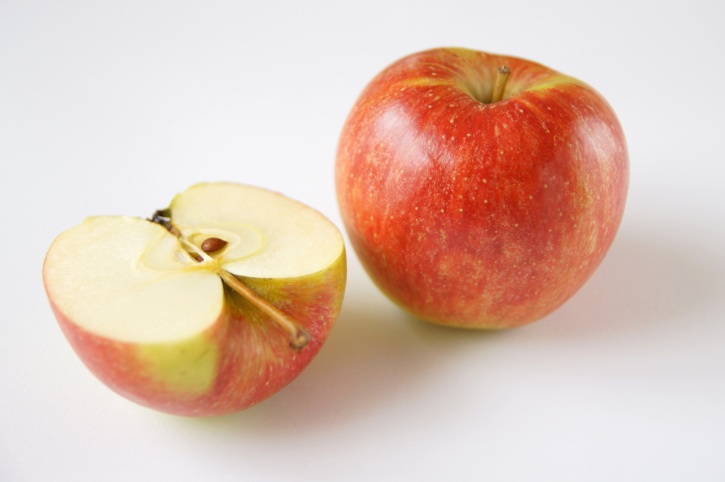- 3-minute read
- 29th November 2018
Word Choice: Half vs. Halve
The words ‘half’ and ‘halve’ are related. They also sound quite similar when spoken. It is therefore easy to mix them up in writing, even if English is your first language. But these words are different in important ways, so check out our guide to how they should be used.
Half (Fifty Percent)
‘Half’ is usually a noun (i.e. a naming word). We use it when referring to fifty percent of something (or an amount roughly equivalent to fifty percent):
156 is half of 312.
The first half of the play was great, but the second half was boring.
The plural of ‘half’ is ‘halves’. This change from an ‘f’ to a ‘v’ in the plural might seem strange, but we also see it in similar words, such as when ‘leaf’ becomes ‘leaves’ or when ‘shelf’ becomes ‘shelves’.
We can also use ‘half’ to modify other words. For instance:
I’m half thinking about going back to university.
I got these shoes for half price online.
Find this useful?
Subscribe to our newsletter and get writing tips from our editors straight to your inbox.
Subscribe to Beyond the Margins and get your monthly fix of editorial strategy, workflow tips, and real-world examples from content leaders.
In the first sentence above, ‘half’ is an adverb that modifies the verb ‘thinking’. In the second, it is an adjective that modifies the noun ‘price’. But in both cases, it implies being divided or half of a whole.
Halve (Divide in Two)
‘Halve’ is a verb (i.e. an action word) meaning ‘divide into two equal parts’:
He halved the apple with a knife.
Automating the process will halve costs.
All variations of the verb form of this word are spelled with a ‘v’ (i.e. halve, halves, halved, halving). Keep this in mind if you are describing an action.

Half or Halve?
These words might sound similar, but it is important not to mix them up:
- Half is typically a noun. It refers to fifty percent of something and its plural is ‘halves’. This term can also be used as an adverb or adjective.
- Halve is a verb. It means ‘divide into two equal parts’. All verb forms of this term are spelled with a ‘v’ (i.e. halve, halves, halved, halving).
One issue here is that the plural of ‘half’ is spelled the same as the present tense verb ‘halves’. People therefore assume that ‘halve’ is a singular noun. However, as long as you can remember that the singular ‘half’ is always spelled with an ‘f’, it should be easy to avoid errors.